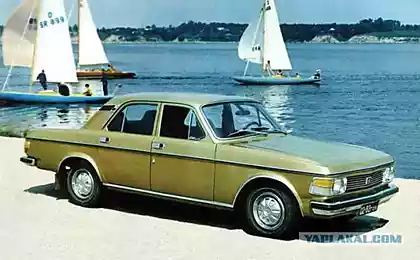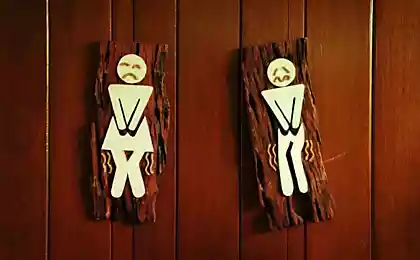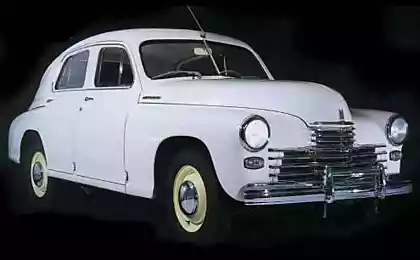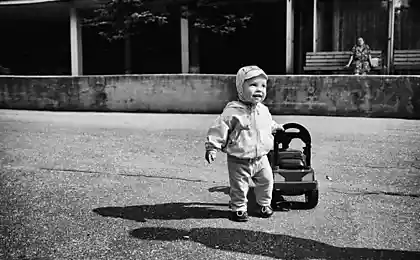2679
How many winters, the toilet! How many years?

You know how old this invention of mankind as a toilet? Yes, and no one really knows. In view of this topic taboo in some cultures, a clear answer to this question is quite difficult.
On the origin of the toilet still go controversy. Some researchers argue that the question that construction, in which people defecate, there were literally simultaneously with the first man-made dwellings. Others believe that the first toilets is an area fenced with stones. But others believe that a very long time, our ancestors used for this purpose next forests and ponds.
The first sedentary toilet was built for the Sumerian queen in 2600 BC. You can admire this building today in the Museum of the toilet in Britain. And in Scotland can be found on the remains of toilets toilet seat that hang over the clay drains. These similarities modern public restrooms of 5000 years.
These toilets are sedentary type have been discovered by archaeologists in ancient Egypt (about 2100 to n.e.), the Indian subcontinent, on the island of Crete. However, a certain idea of them is difficult to obtain due to the lack of historical data. But in ancient Rome there were public toilets to several dozen. And they certainly were not a gimmick.
The inhabitants of ancient Rome used the public closets not only for their intended purpose, and there were also important meetings consisted of different kind of deal (still, "money does not smell" - straight from taxation Roman toilets) were philosophical discussions (but this is famously . it will not with a book pozasedat). There were even toilet seats that have been reserved for permanent eminent Romans. Since sits on a stone seat was not too nice for such visitors to their special heated slaves.
Located in the seat of the Roman public restrooms along the perimeter, and the waste specially let down channels of water flows into the nearest river. Despite this primitive method of disposal of sewage, sewage ancient Romans was very well thought-out from the engineering point of view, and even considered one of the most perfect.
It is worth noting that the ability to use the public toilet was not available to all citizens of ancient Rome, as it was a pleasure is not cheap. Therefore, visitors first public toilets were people of Rome extremely wealthy and the rest of the residents had to relieve themselves in special vessels, which for these purposes have been installed in the streets. Purely such vessels workers who received for this very good fee.
Despite the positive experience of creation and use of latrines in the Roman Empire, medieval Europe somehow was thrown back in the prehistoric period.
The first toilet was invented by George Harrington in 1596. After the invention has been shown to Queen Elizabeth I, and it is not appreciated at its true worth, about the usefulness of developing almost forgotten for the next two hundred years.
Toilet flush type was invented in 1738. Around the same time in France issued a decree that prohibited to build houses without latrines. Came the first after a long period of no public toilet, which had separate facilities for men and women, and for sewage waste into the river.
From the middle of the XVIII century engineers actively working on improving the efficiency of the invention. But modern toilet sample appeared only in the nineteenth century thanks to the mechanic of the small British village Thomas Krepperu. He guessed the sewer pipe bend a U-shape, so the smell of the pipe does not penetrate into the room.
Already in the early twentieth century, the Spanish company «Unitas», mass production water closets, or rather their designs: toilet seats and cisterns, which were to be placed under the ceiling. Due to the name of this company in our lexicon is firmly rooted the word "toilet".























